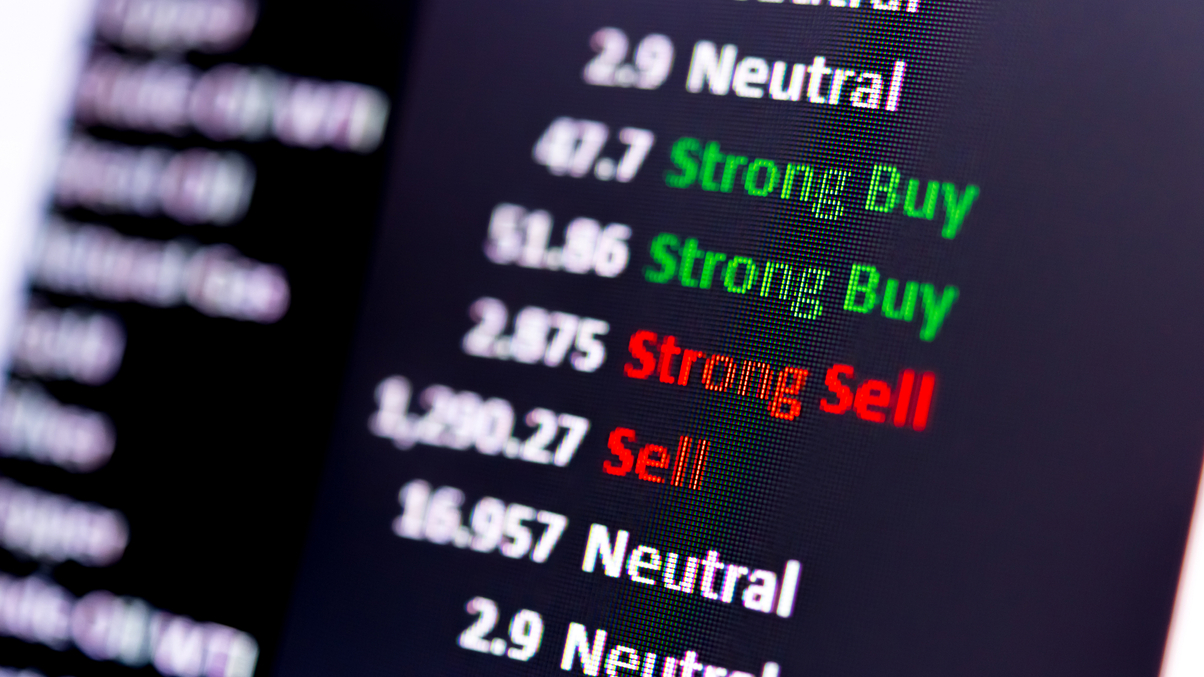Outlook 2021: Experts differ on appeal of US, EM equities
As the world recovers from the coronavirus pandemic, equity markets are expected to follow suit, although investors are divided on which markets to focus.

While investors generally agree that 2021 will be a positive year for equities, their opinions diverge on which geographies to focus – except for a consensus regarding China.
Sign In to Your Account
Access Exclusive AsianInvestor Content!
Please sign in to your subscription to unlock full access to our premium AI resources.
Free Registration & 7-Day Trial
Register now to enjoy a 7-day free trial—no registration fees required. Click the link to get started.
Note: This free trial is a one-time offer.
¬ Haymarket Media Limited. All rights reserved.


